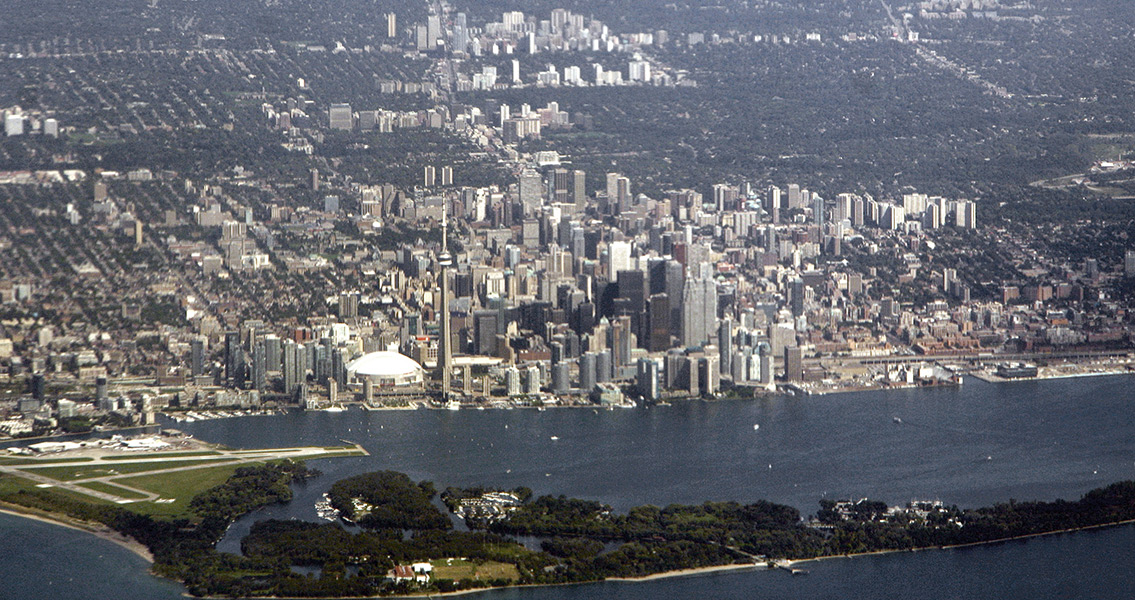<![CDATA[The site of a nineteenth century church, the epicenter of a community in Toronto that welcomed slaves escaping from America since before the Civil War, has been unearthed. Chestnut Street’s British Methodist Episcopal Church was founded in 1845 and quickly became not just the spiritual center for the black community in Toronto, but also its cultural center as well. One of the final stops in the Underground Railroad, the church and its congregation grew quickly, replacing the simple wood-framed church with a larger brick building that stood the test of time for a century. Eventually, the congregation began to dwindle, relocating in the 1980s. The original building was knocked down and paved over to provide more parking for the neighborhood. The legacy of the church was largely forgotten until recently, but that changed thanks to a new construction project to build a provincial courthouse on the vacant land. Infrastructure Ontario had been excavating the construction site for the five months to December of 2015 ahead of breaking ground on the new courthouse, discovering scraps of clothing, toys, tools, and ceramic artifacts. In an interview with the Toronto Star, former Ontario Black History Society president Rosemary Sadlier said that her visit to the archaeological site was an “incredibly powerful” one. The visit was especially resonant for Sadlier, as one of the church’s preachers during the 1950s, Rev. Thomas Jackson, was a relative. Rev. Chester Searles, another visitor to the site and current minister for the congregation that once called the Chestnut Street church home, said his own visit filled him with a “spiritual feeling” after being shown a room in the basement of the church that would have likely been used as a baptismal pool. Now that the archaeological dig has concluded, excavators have reburied the foundations of the demolished church in order to preserve them further. The artifacts uncovered in the dig have been moved into storage in London, Ontario, while their fate is decided. Meanwhile, construction on the new provincial courthouse is unlikely to begin before 2017 as provincial officials are slated to consider how to protect the heritage site. In fact, minister of tourism, culture and sport Michael Coteau told the Toronto Star that the stories of the Toronto black community need to be told – and that he will be advocating to protect the site in order to achieve that goal. Meanwhile, Abbey Flower, the heritage adviser for Infrastructure Ontario, says that the courthouse development project is going to ensure that the site’s history will be made available to the public in an appropriate way. However, the necessary resource investment to do so may be out of reach of the province, prompting individuals such as Sadlier to wonder how the legacy of the church will live on. Image courtesy of Wikimedia Commons user: dbking ]]>
Sanctuary From Slavery Unearthed In Toronto
